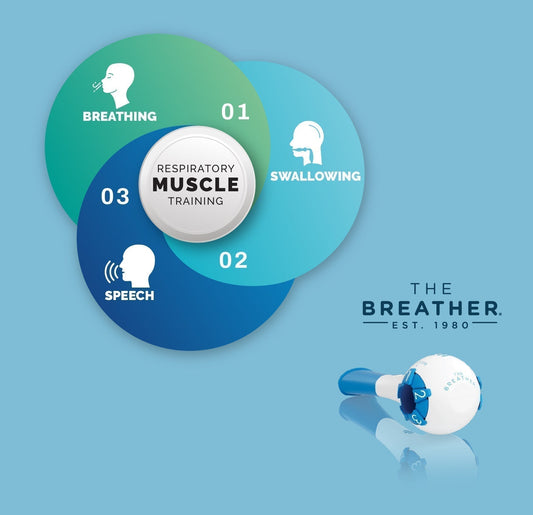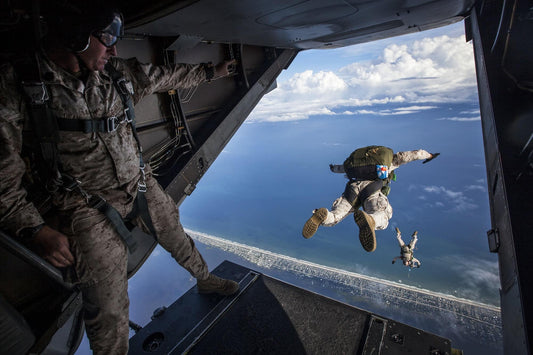Post-COVID-19 condition, often termed as Long COVID, significantly impacts quality of life in patients due to long-lasting symptoms. Currently, there is no medicinal treatment for recovery from post-COVID-19 condition; the WHO recommends only self-management guidelines and peer support from non-hospitalized patients. However, recent studies suggest that RMT and concurrent training (CT) could play significant roles during recovery from post-COVID-19 condition.
This article reviews the evidence comparing the effects of RMT, CT, or self-management guidelines on post-COVID condition based on a clinical trial [1].


What is Long COVID?
Long COVID is characterized by headaches, fatigue, dyspnea (breathlessness), sleep disturbances, cardiac abnormalities, muscle pain, and cognitive impairment [2]. These symptoms can last for months even after a person has become negative for COVID-19, significantly deteriorating the quality of life.
According to the WHO, the post-COVID condition occurs in COVID-19 patients after three months of the initial diagnosis and can last for up to two months [3]. Usually, no pharmacological therapy is recommended for patients experiencing long COVID-19 symptoms; instead, the management guidelines provided by WHO are limited to peer support and self-management strategies.
Role of RMT in Long COVID Recovery
In the absence of pharmacological treatments for long-term COVID, exercise-based rehabilitation programs have gained attention as an effective approach to recovery. RMT and CT have been shown to improve cardiopulmonary fitness, muscle strength, and symptom severity. These interventions offer greater benefits than WHO self-management strategies by targeting both respiratory and musculoskeletal systems.
One of the most effective tools for performing RMT is THE BREATHER, a clinically tested respiratory muscle training device that strengthens both inspiratory and expiratory muscles.
Clinical Trial: Evaluating the Best Option for Post-COVID-19 Condition
Seven researchers from Spain conducted a clinical trial (RECOVO trial) to compare the effect of CT, RMT, and self-management guidelines on the treatment of post-COVID-19 condition. They recruited 80 non-hospitalized Long COVID patients and divided them into four groups, with 20 patients in each group, and provided training as follows:
-
CT group: Performing only concurrent training
-
RM group: Performing only respiratory muscle training
-
CTRM group: Performing both respiratory muscle training and concurrent training
-
CON group: Control group only following the WHO self-management guidelines for rehabilitation
These interventions were implemented for 8 weeks, and then the researchers evaluated their effects on cardiopulmonary fitness, muscle strength, and the severity of post-COVID symptoms.
Results
This 8-week trial showed promising results; let’s go through these in detail.
Improvement in muscle strength
In this trial, lower body muscles were significantly improved in CT and CTRM groups compared to the participants in RM and CON groups.
Reduction in Dyspnea and Fatigue
In the CT and CTRM groups, dyspnea and fatigue significantly reduced at the end of the training completion period compared to the start of the trial.
Reduction in depression
In CT and CTRM groups, depression was significantly decreased as compared to participants in RM and CON groups.


Conclusions
This clinical study demonstrated that RMT alone or in combination with concurrent training can be used to rehab post-COVID-19 conditions. These two types of training are better than RMT alone and the WHO's self-management guidelines for post-COVID-19 condition.









